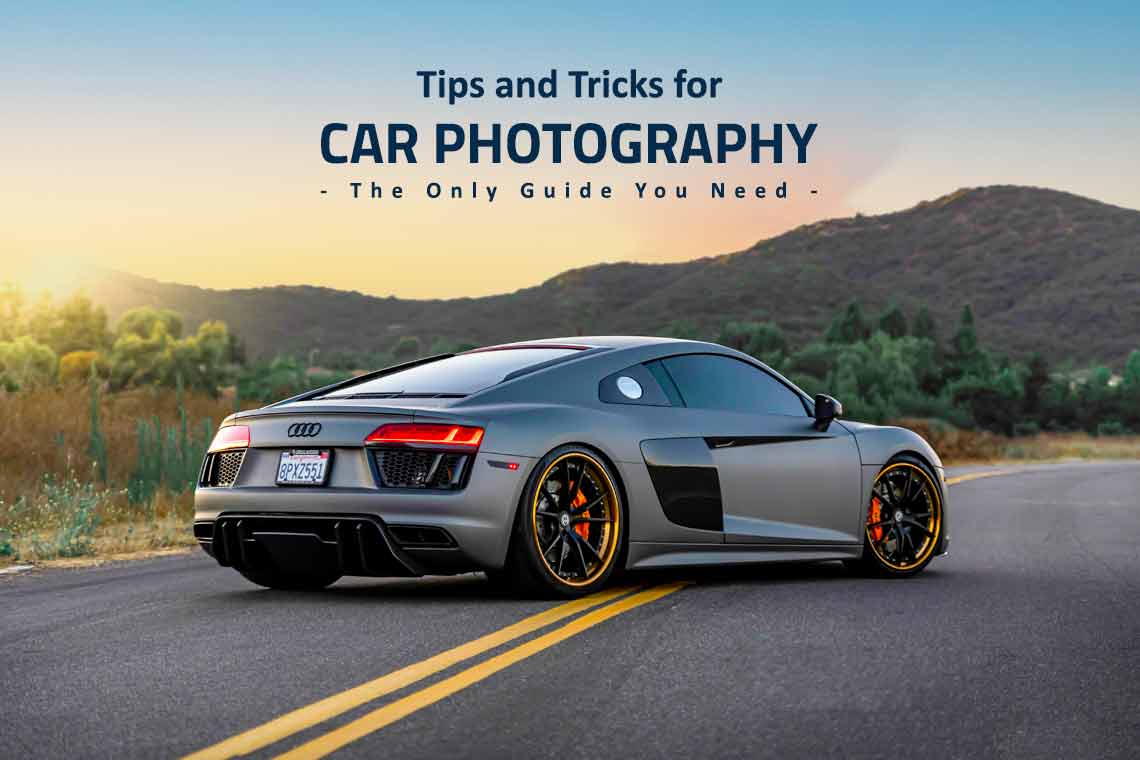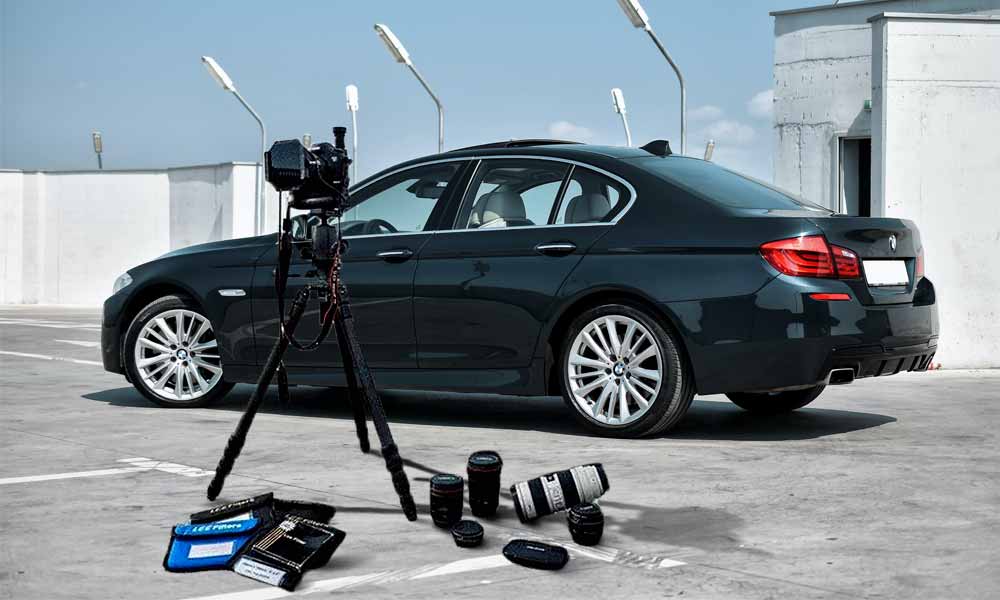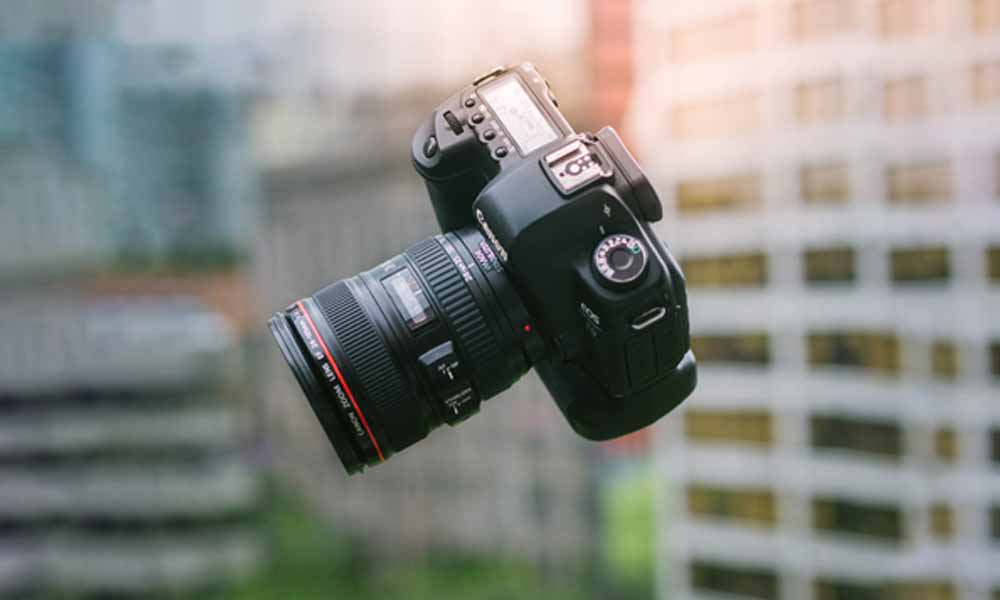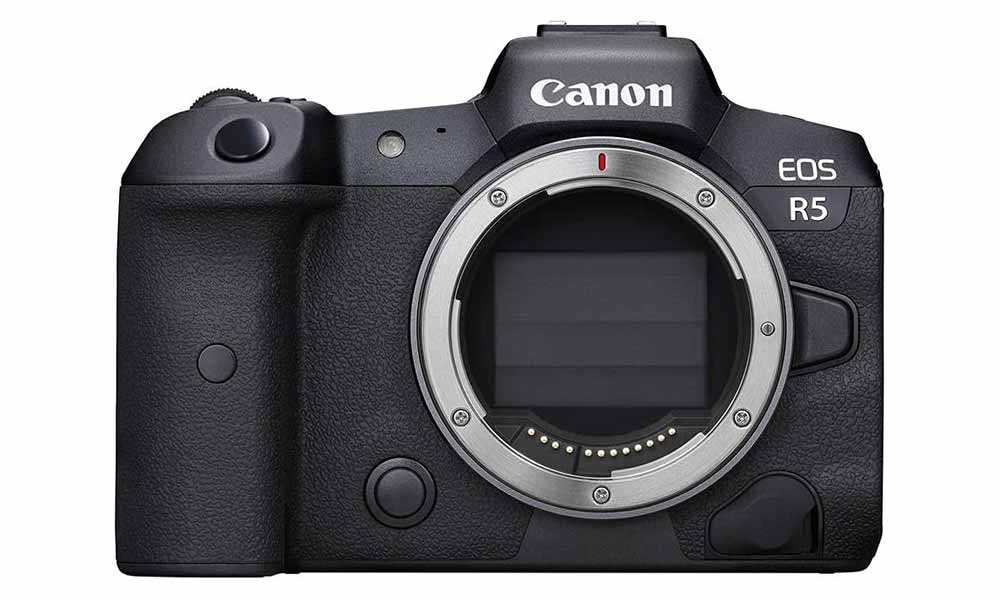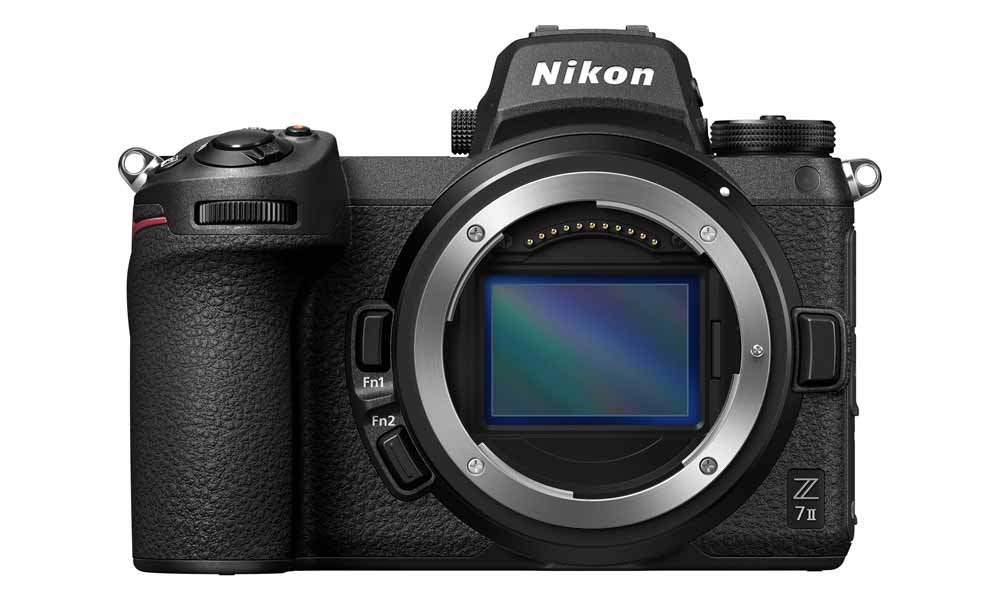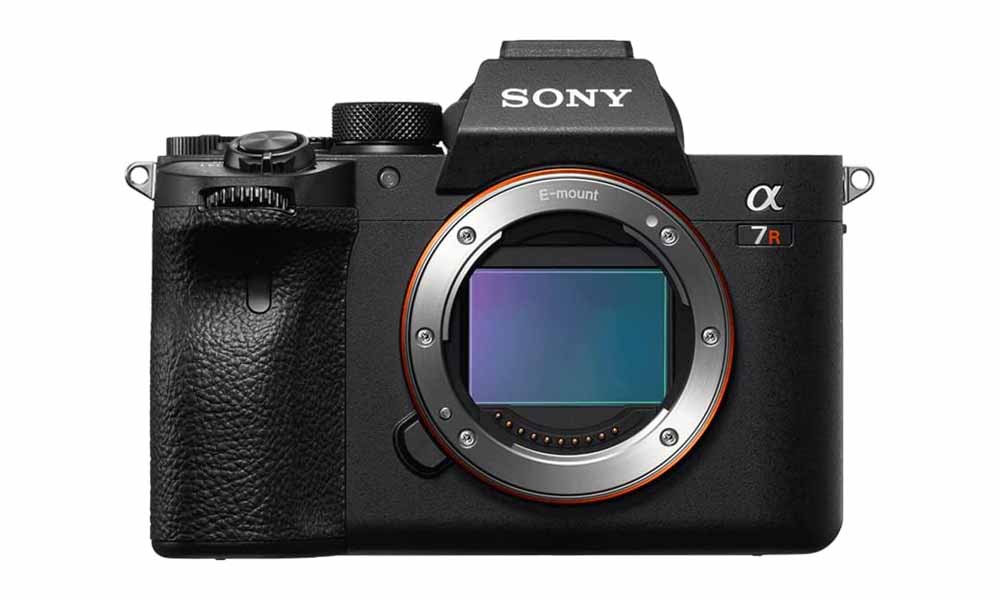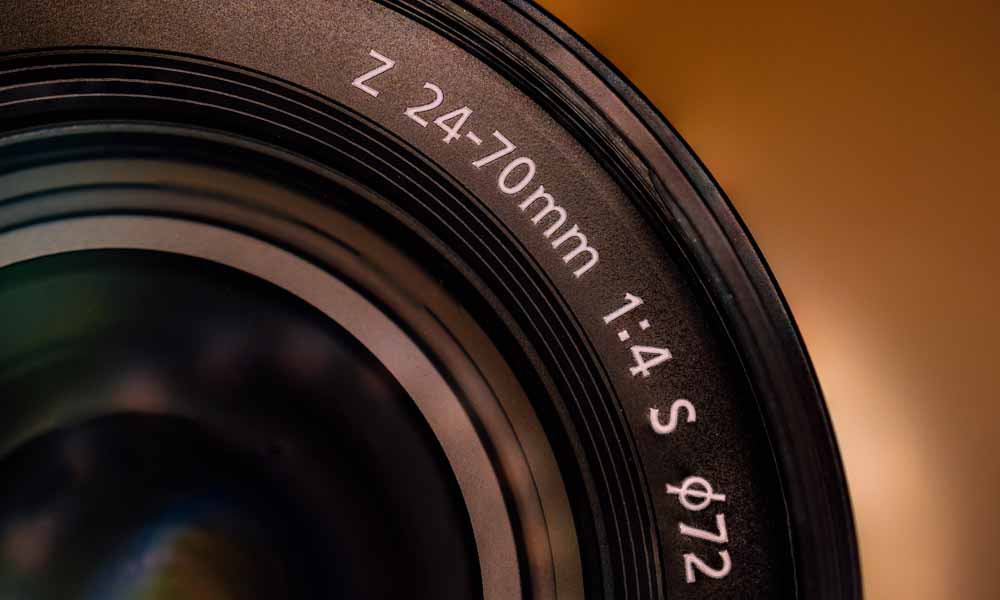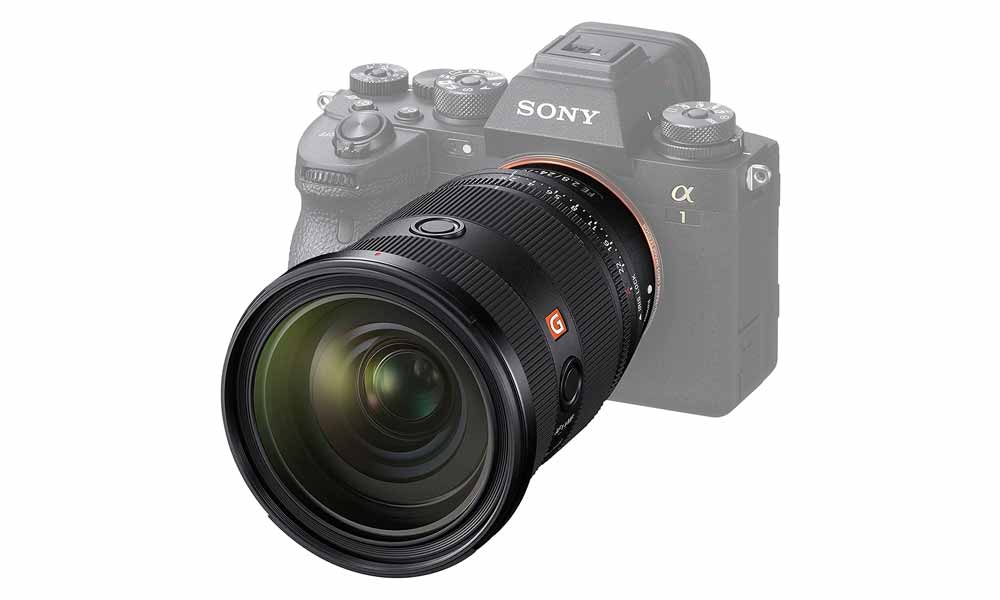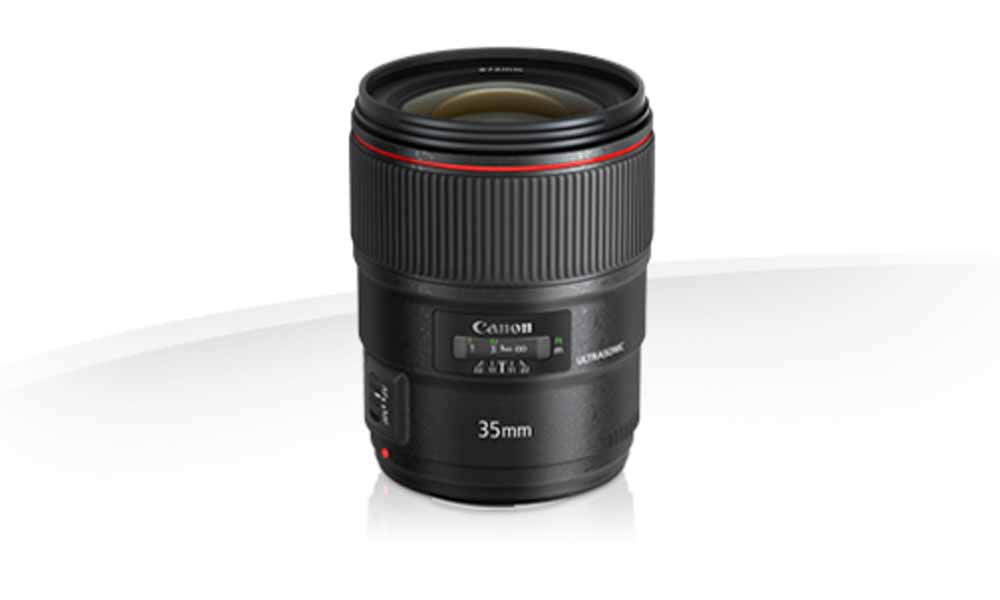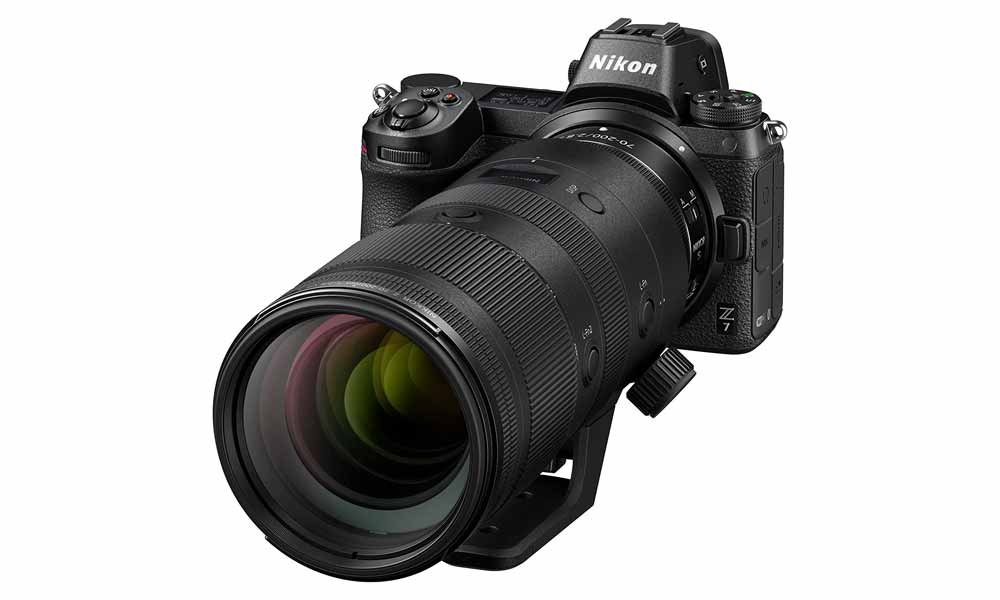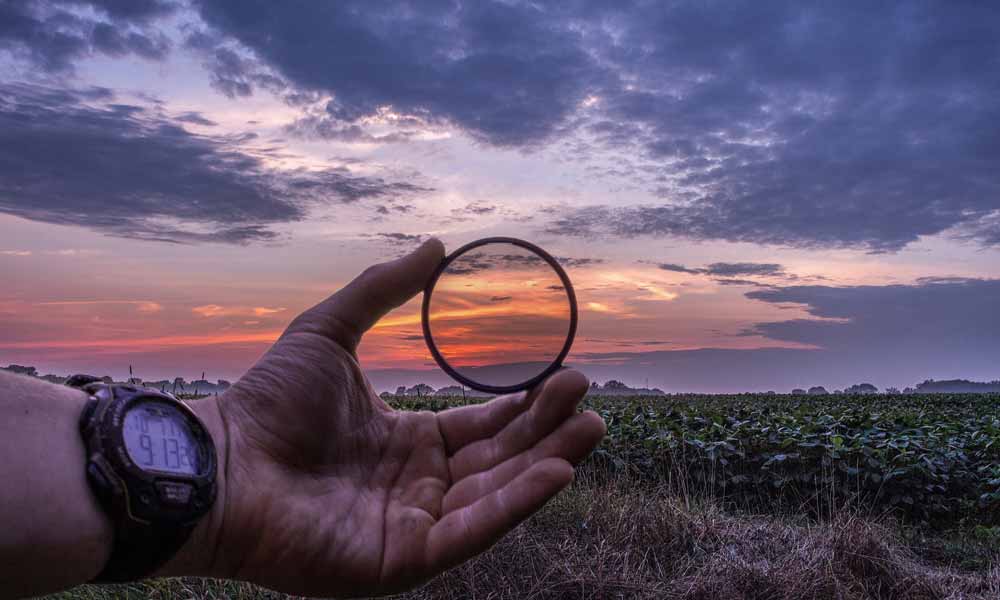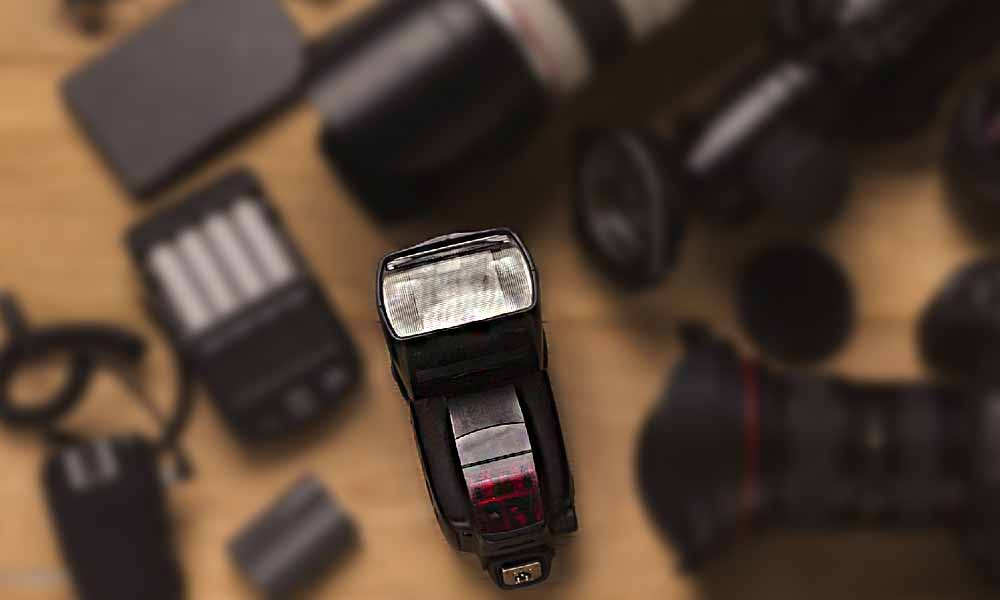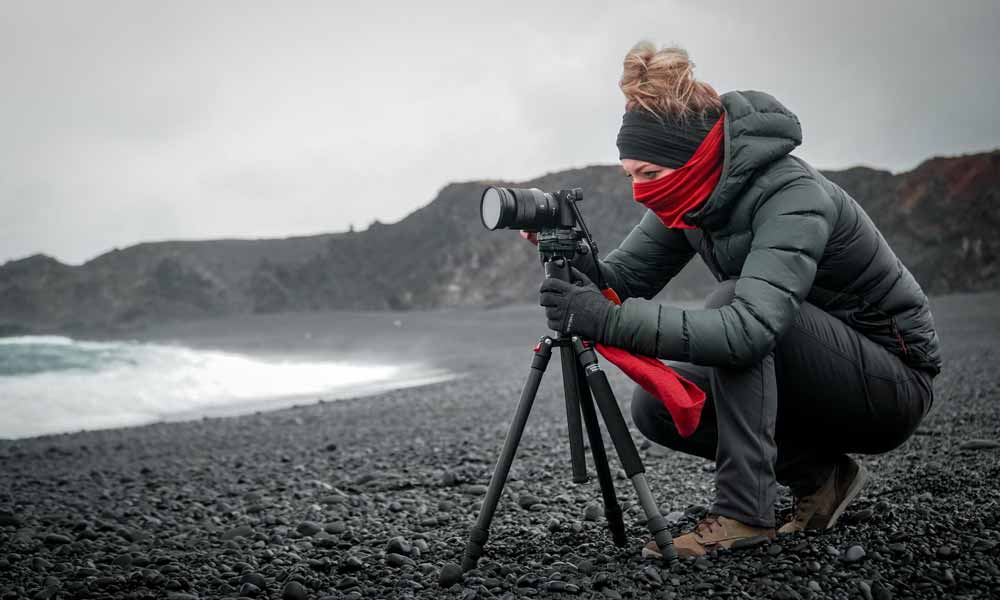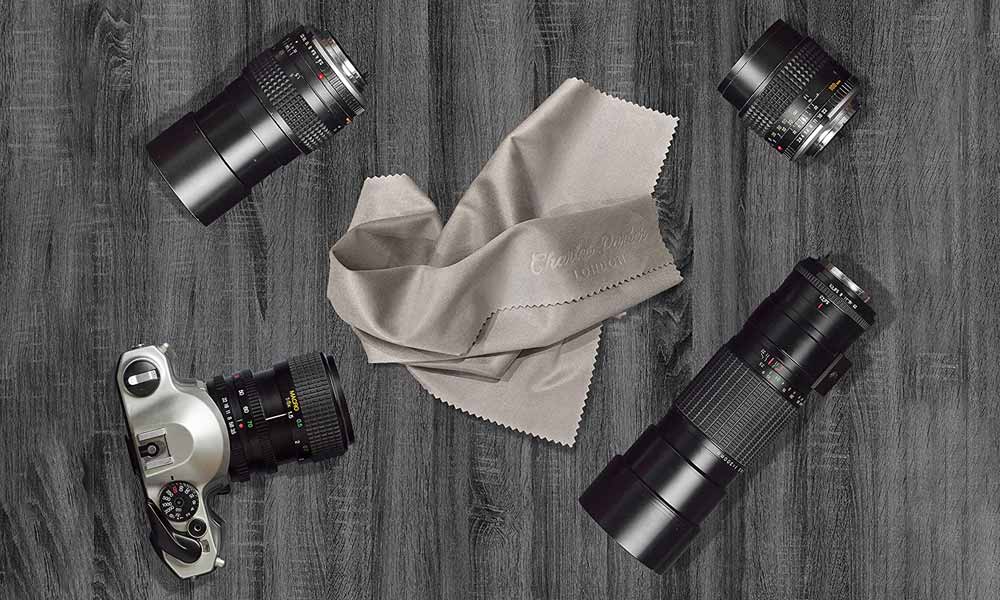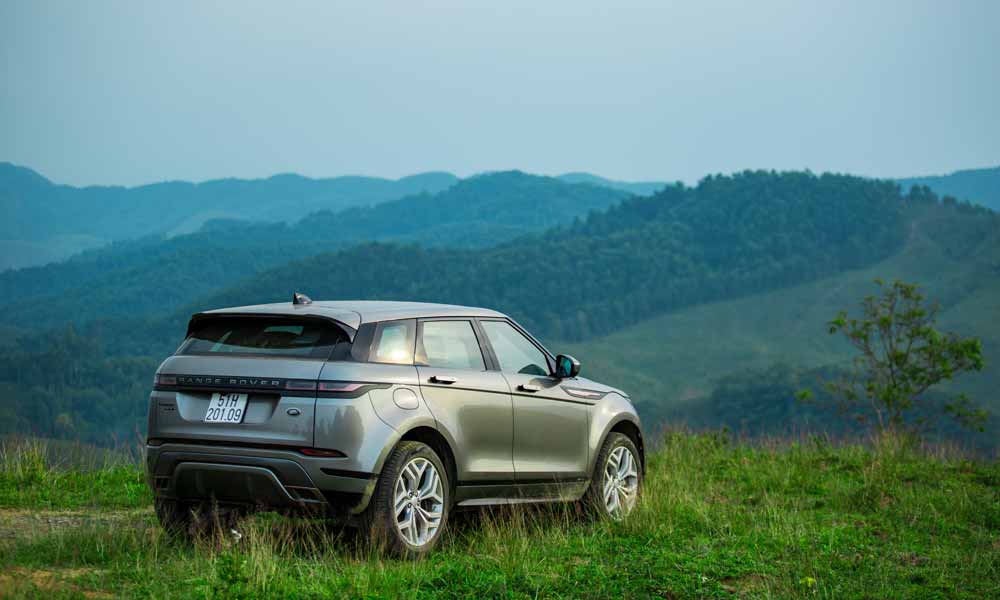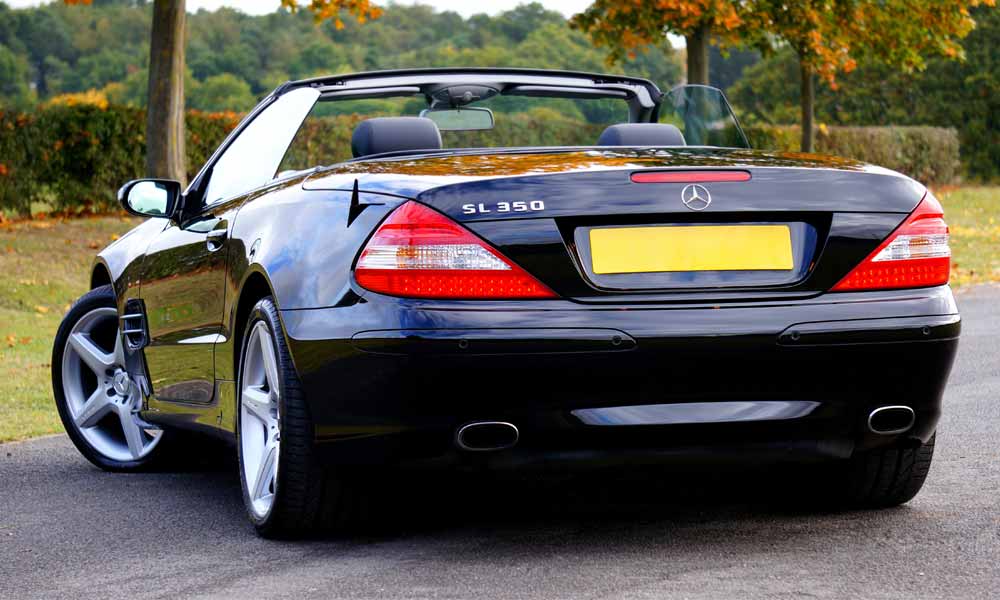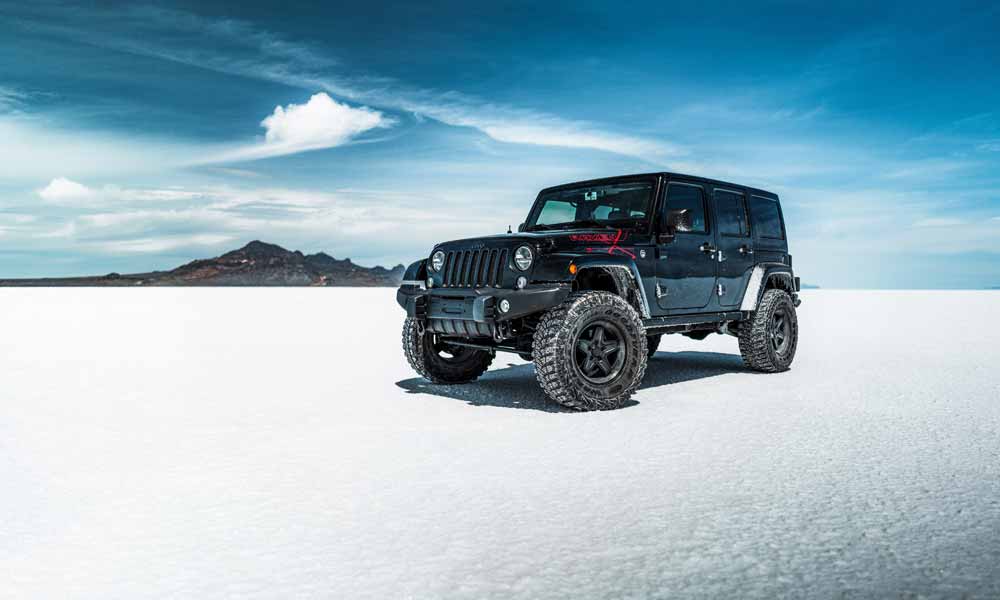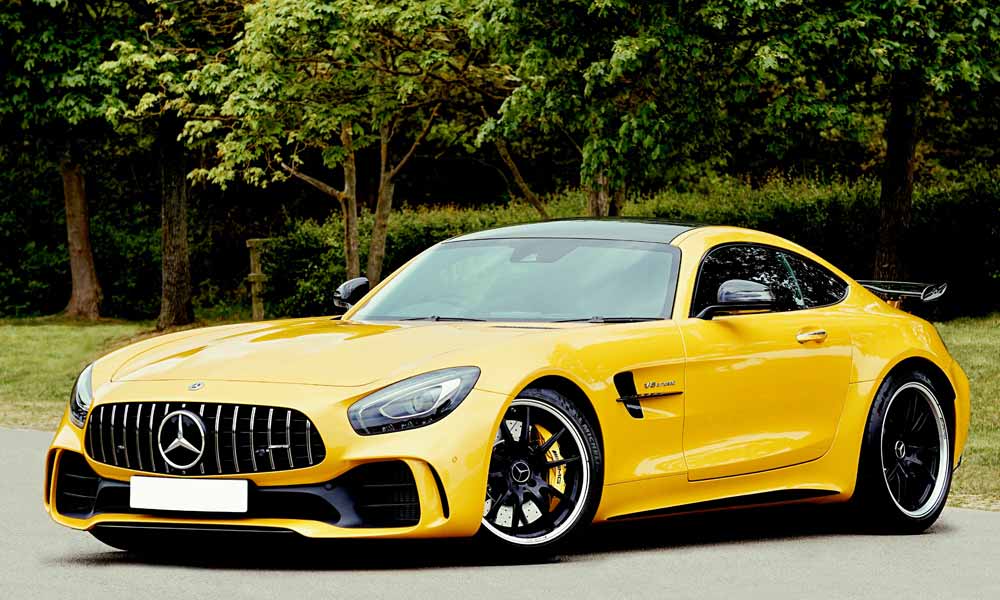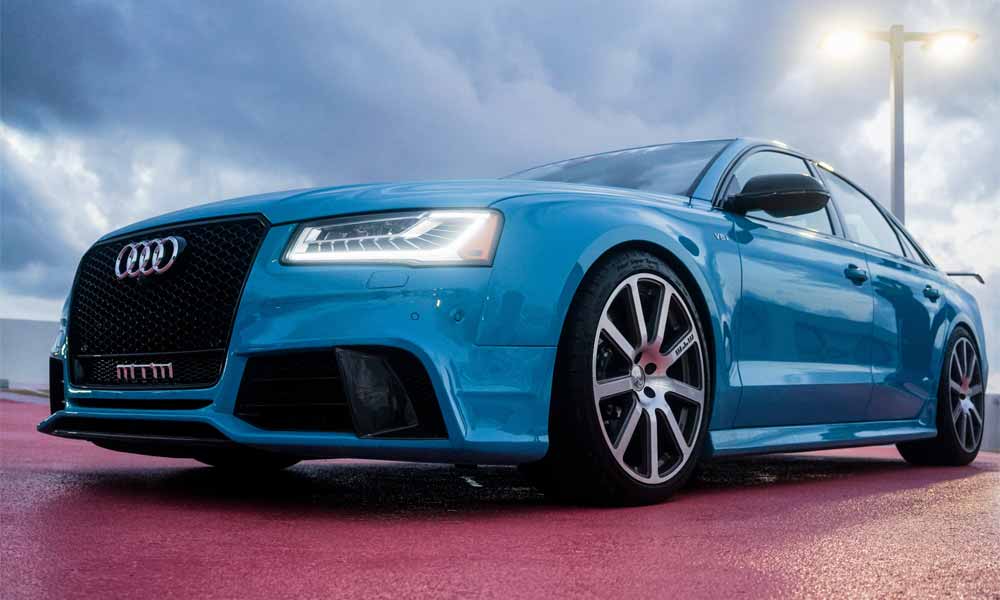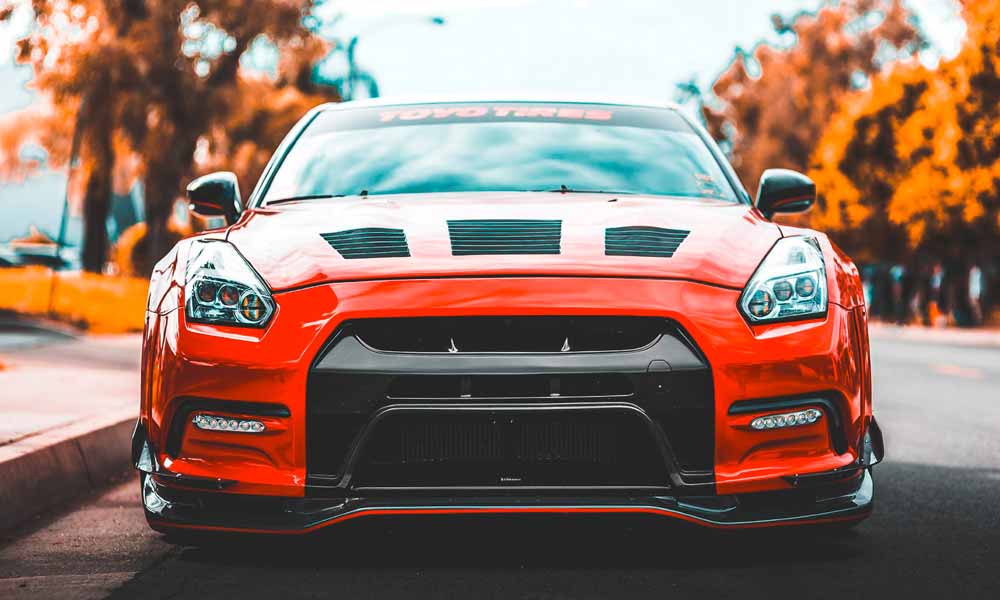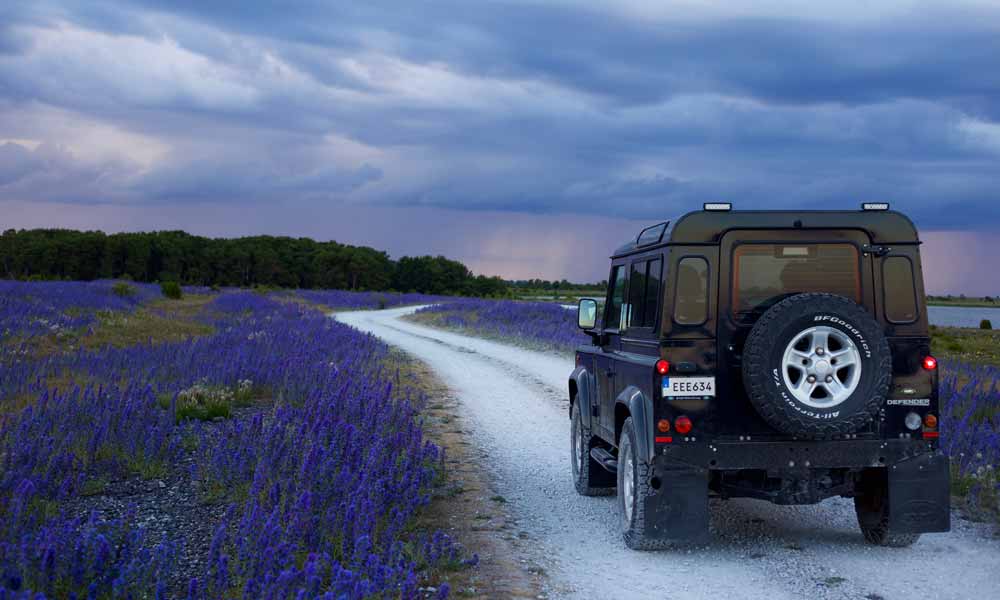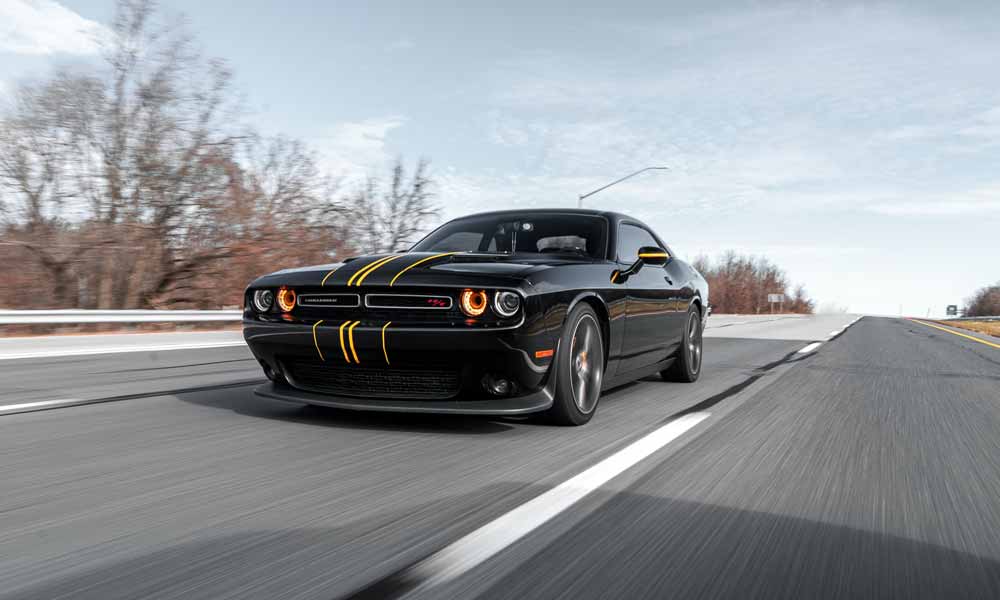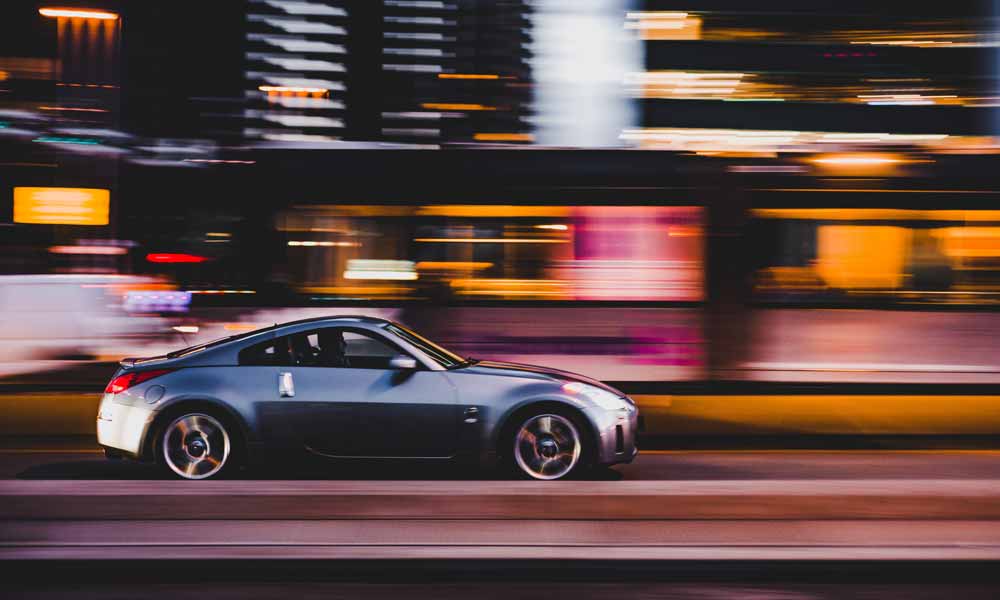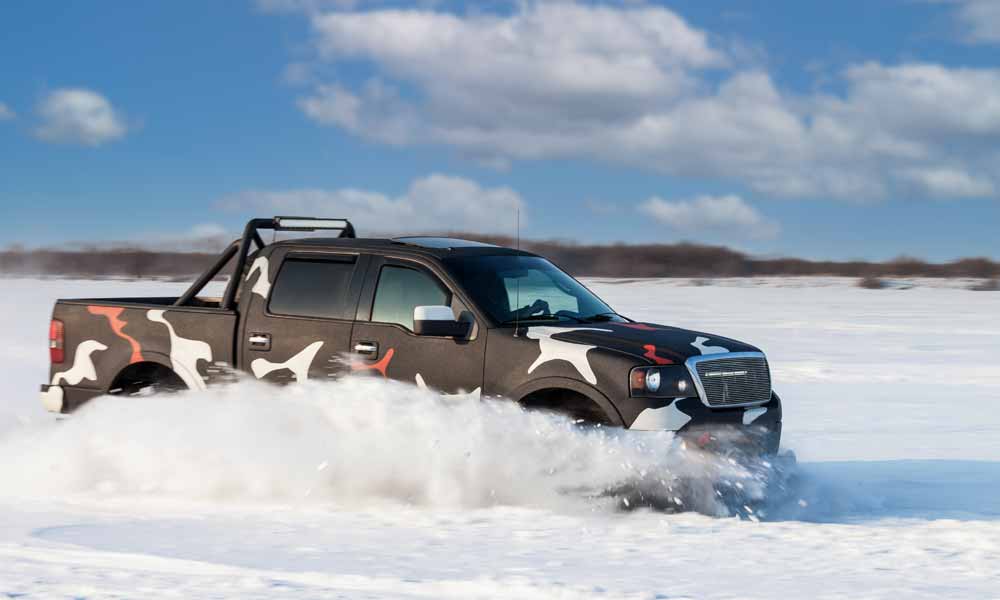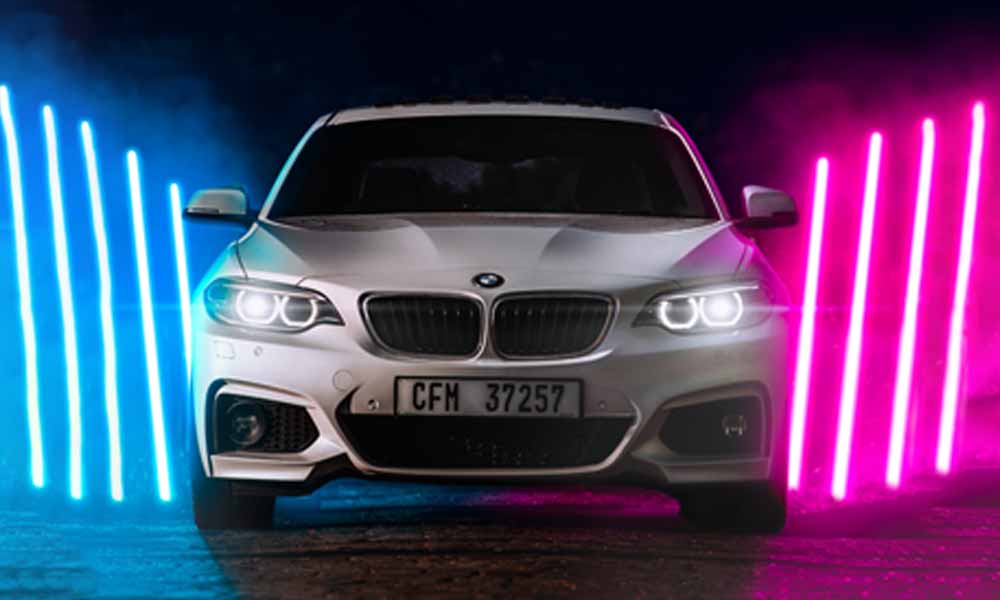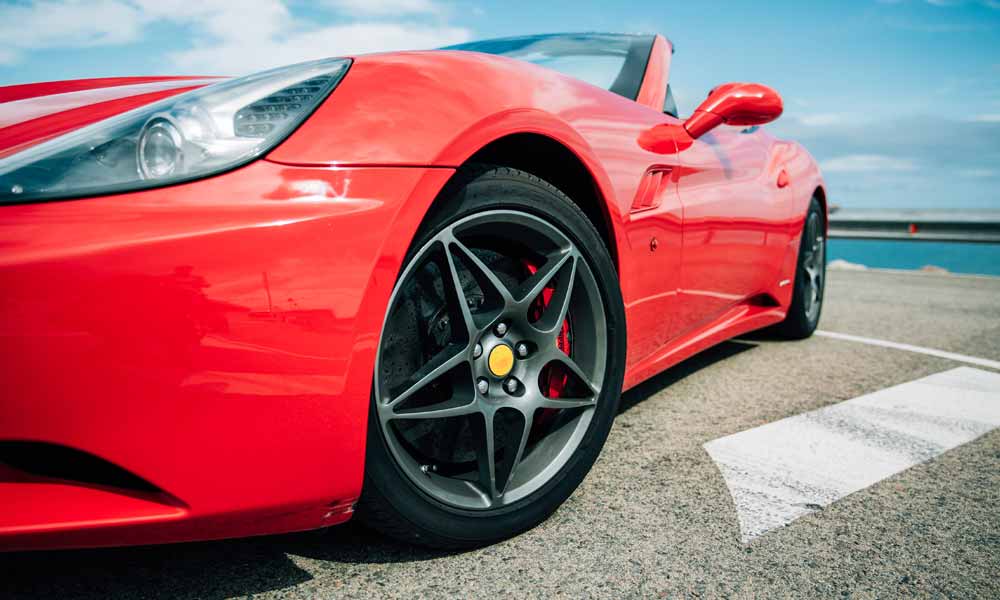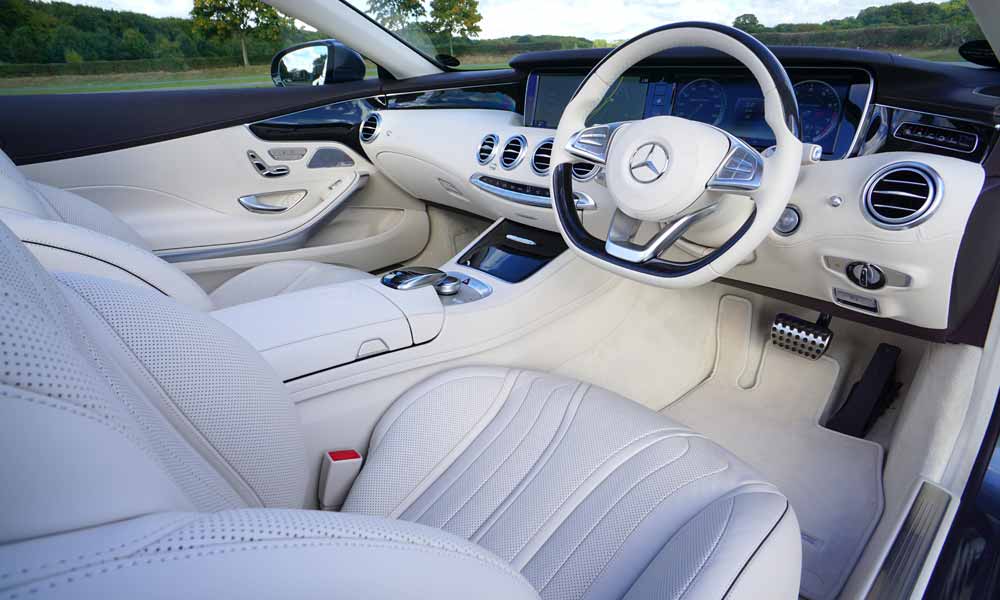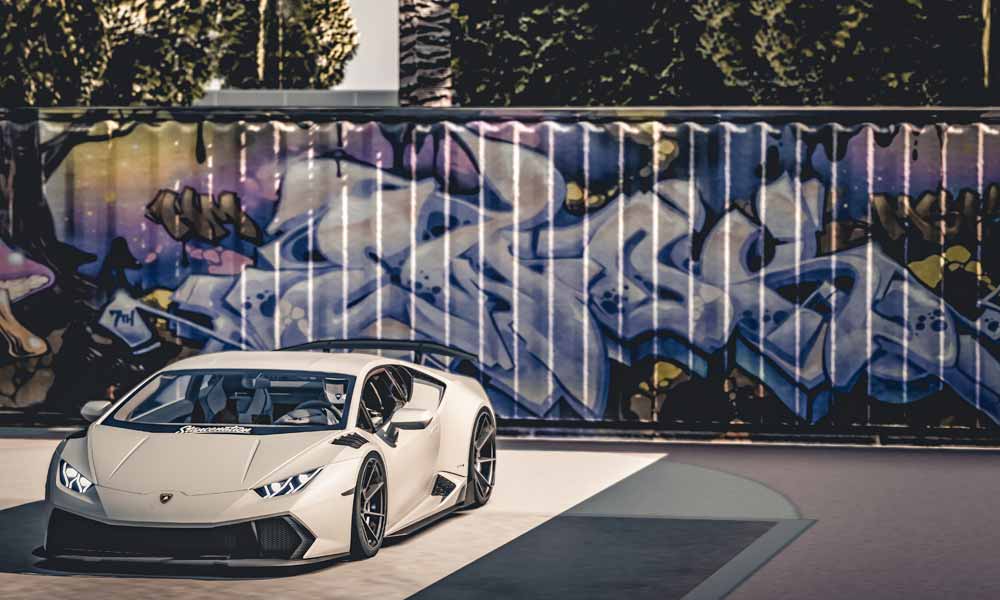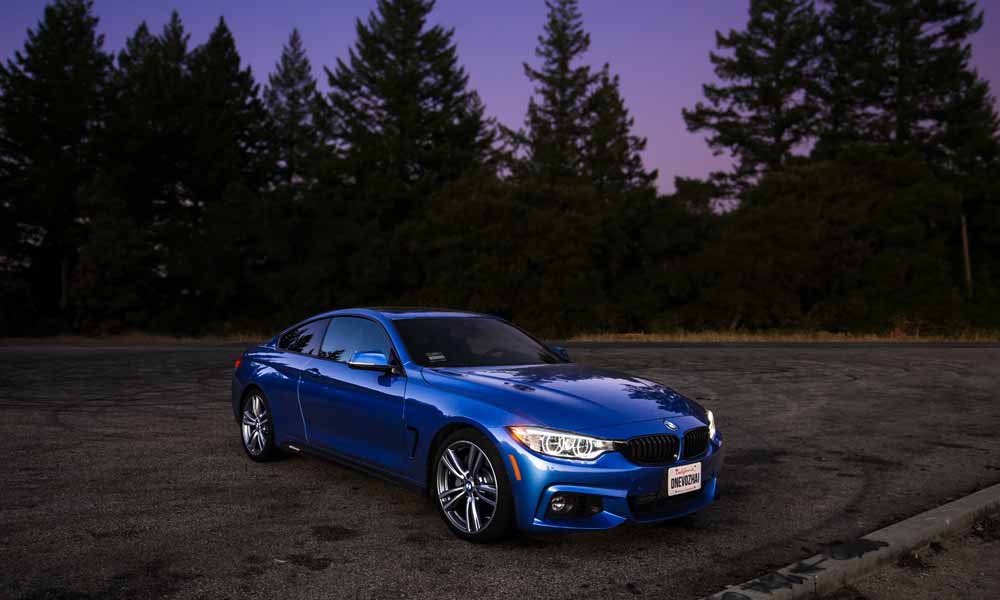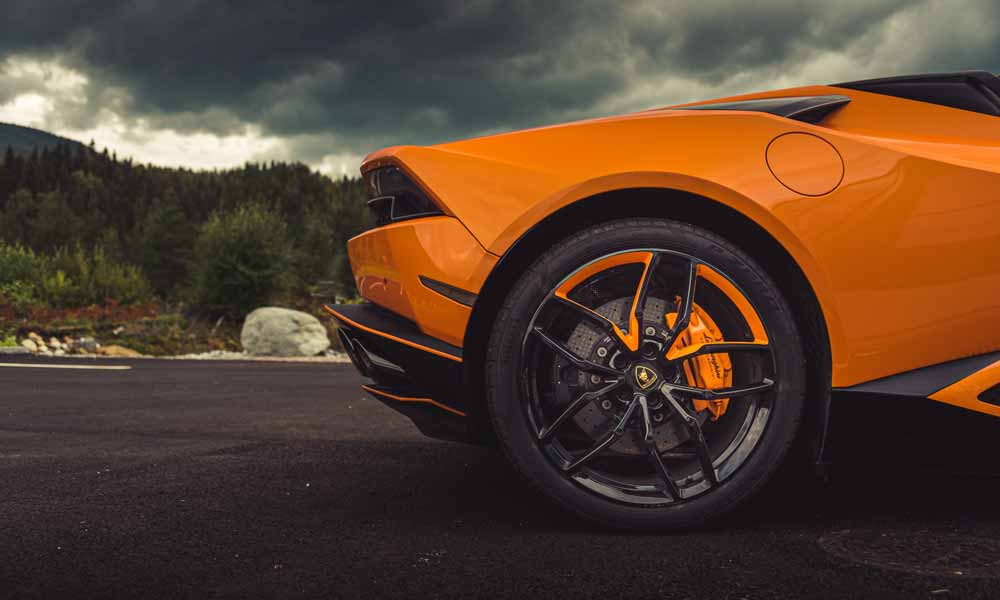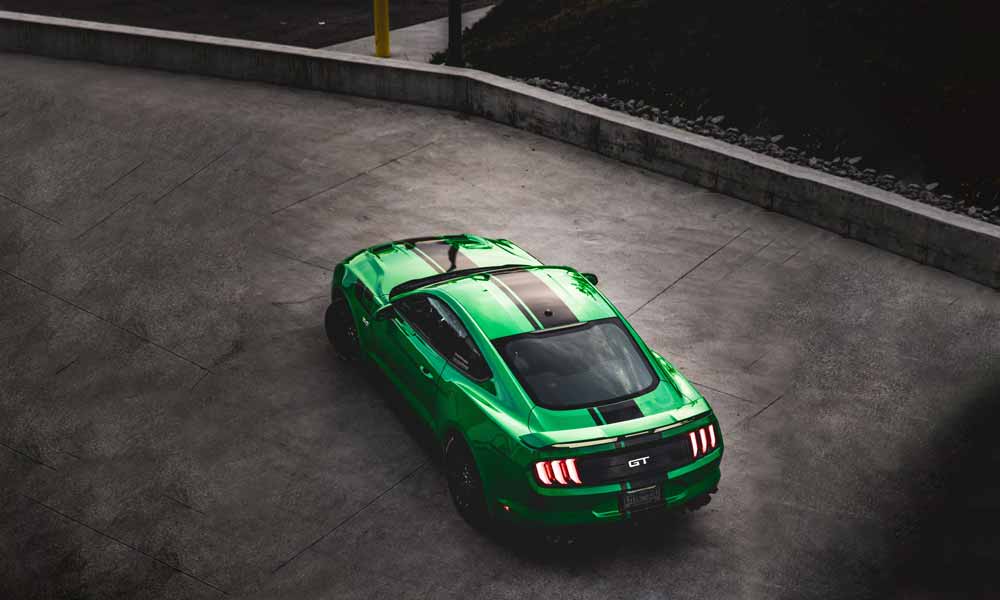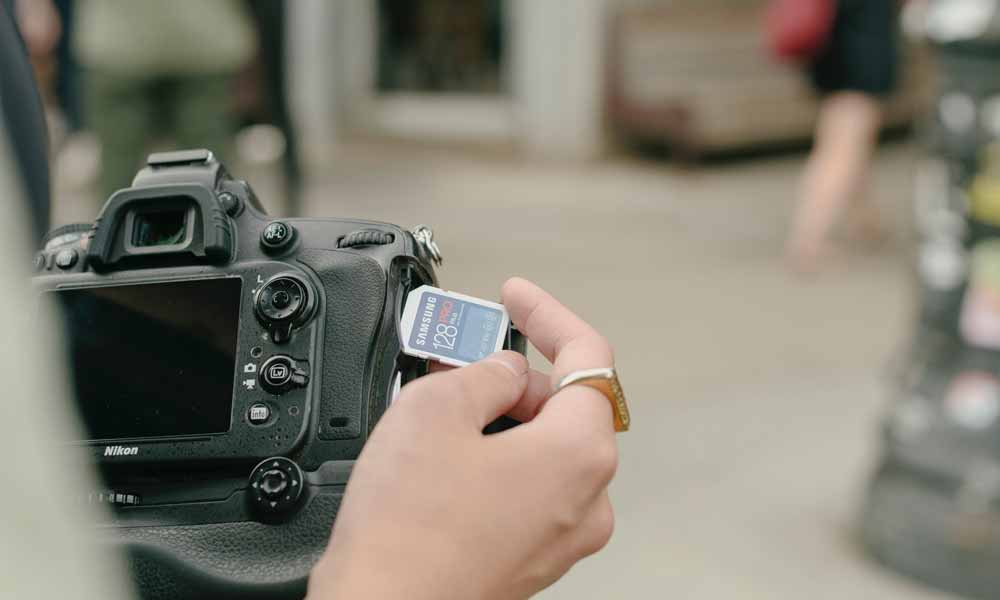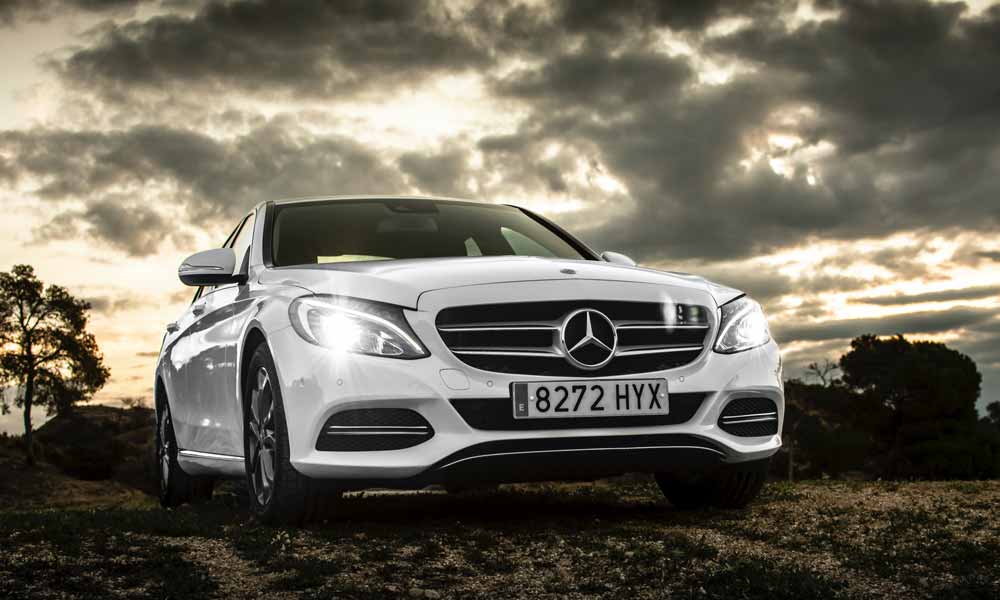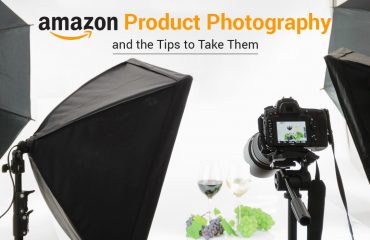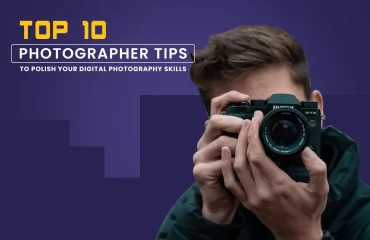Car Photography is the subset of Photography where the photo’s subject is a car. However, it is more complex than simply point-and-shoot for successfully capturing a stunning car photograph. There are many nuances to taking pictures of cars that only a true car enthusiast can appreciate.
There is more to it than taking photos of cars. With this type of Photography, you can fully appreciate these beautifully crafted machineries. From their sleek and streamlined exteriors to their elegant and luxurious interiors, automotive photography captures the essence of a car.
So, if you realize that cars make for excellent subjects for photography, or you are simply exploring other avenues of photography or even someone who has a passion for cars, you are in the right place. This blog will give you every tip and trick for taking the perfect car shots.
Also, you can check out our photo retouching service
What type of Gadgets and Gear is needed for Car Photography?
Let’s begin exploring the wonderful world of Car Photography by discussing the right gear you need for the job. To take the best car images, you must understand all the different gears and camera settings that will influence your automotive photography. The gear needed might differ depending on the type of shot you will take. So, here are some of the vital gadgets and gear you will need:
Guide to Top 11 Action Camera Body Mounts in 2025
The Camera
The camera is always the first piece of equipment you must decide on. The right camera can be the difference between taking an ordinary shot and a shot that will leave a lasting impression on its viewer.
A camera with a high megapixel count is a helpful place to start when deciding on the camera you need to take the best car images. It is so because, with a high megapixel count, you can capture more details while taking the shot. Moreover, with highly detailed car shots, you can crop into a particular part of the image that you want to use while still preserving the quality.
Now, if you plan to capture pictures of cars while they are in motion, fast auto-focus and frame rate must be considered while choosing the right camera. Thus, allowing you to capture highly detailed fast-moving car photographs.
You would also want a camera with interchangeable lenses to capture creative car shots from various perspectives and focal lengths. Furthermore, another car photography tip involves taking photos in RAW format, which allows you to adjust the car photos during post-processing. For example, you could decrease the intensity of the highlights or lighten the shadows to make the details more visible.
While considering all the above factors for choosing the right camera for automotive photography, a full-frame sensor camera is the best option. Even though this is an expensive option, it will give the best output.
Check out Master Photoshop Color Replacement with these 3 Easy-to-Follow Techniques
Here are some of the full-frame sensor cameras that you might consider:
1. Canon EOS R5 is an excellent camera for capturing fast-moving cars. It has 20 FPS continuous shooting modes with a fast auto-focus system.
Learn more about Top 17 Photoshoot Themes For 2025
2. Nikon Z7 II is an all-around camera with a high megapixel count and an outstanding autofocus system for all vehicle photography needs. The in-body stabilization helps with taking moving shots.
Read more about Amazon Product Photography and the Tips to Take Them
3. Sony a7R IV is an extraordinary full-frame mirrorless camera with a 61-megapixel sensor for taking detailed stills and an advanced hybrid autofocus system for the moving car shot.
Find out more Top 10 Photographer Tips To Advance Your Skills [2025]
See the Sony website for more.
The Lenses
Credit: Brett Sayles
Another piece of gear that is vital for Car Photography is choosing the right lens. The choice of lens comes down to the shot you want to capture. You will have to use a particular lens for fast-moving car shots and a different lens for still shots.
Guide to Best Trendy Travel Case for Camera in 2025
Here are some of the different lenses that you can use for various shooting options:
1. Sony 24-70mm f/2.8 is an all-purpose lens that you can use for wide-angle shots to cover the landscape in your car images. Furthermore, you can even use this to shoot moving cars up close while standing on the side of the road.
Image: Sony
2. Canon EF 35mm f/1.4 is the ideal lens for taking still pictures of cars. You can capture the background and the car while not having to stand too far. Moreover, you can take car photos with a shallow depth of field for your blurred background while shooting with a wide aperture.
3. Nikon Nikkor 70-200mm f/2.8 is the telephoto lens for you when you want to take faraway shots of moving cars from a safe distance.
Image: Nikon
The Filters
Credit: Wallpaper Flare
Due to the reflective nature of a car’s surface, it is crucial to keep an eye on the reflections and glares while taking car photos. Filters help manage reflections and glares while photographing. Two types of filters can be used for automotive photography. They work to achieve similar outcomes, but they function differently.
The first one is called a Neutral Density (ND) Filter, a thin, dark glass piece attached to the camera lens’s top. It works by reducing the light that enters a camera. Since this filter can control the level of light entering the camera, it lets you manage reflections while shooting photographs of cars. This filter only affects the light levels but does not affect the photo’s color.
The second filter is called a Circular Polarizing Filter. It is a glass attachment that goes on top of the camera lens. Light with specific polarization can pass through this filter to the camera lens. In contrast to the Neutral Density (ND) filter, a Circular Polarizing Filter makes colors in the image more vivid while eliminating glares from the car’s body.
Find out more about Advanced Action Camera Flashlight For Taking Awesome Image
The Flash
So, there is more to Car Photography than capturing stunning photos of the car’s exterior. To encapsulate the essence of the car, you must also consider taking pictures of the interior. So, it is helpful to carry a camera flash with you as the light can help you capture intricate details of the car’s interior.
However, remember not to use a flash that is too bright, as it will wash out the colors and create harsh shadows. So, use a softer flash for good lighting conditions.
The Tripod
Photo by Kameron Kincade on Unsplash
A tripod is an excellent tool for when you want to take still pictures of cars. It allows you to take photographs with lower shutter speeds when taking creative photos of the car in low light.
With low-light photography, the preference is to go for a lower shutter speed. If you increase the ISO, it will introduce noise, and widening the aperture will decrease the depth of field. However, reducing the shutter speed makes it susceptible to shaking while holding the camera. Thus, a tripod helps to stabilize and support the camera and prevents blurriness in photos.
Guide to Trendy Action Camera Protector And Cases For Professionals To Buy
The Cleaning Equipment
Credit: Amazon
After all the various equipment we have seen so far, the cleaning equipment may seem mundane in comparison. However, when you are off-road or even on the road, there is bound to be dust and dirt. Having a clean lens while capturing your car shots is a given. Hence, it is advisable to always keep some lens wipes or a microfibre cloth with you on the go. An even better option would be to carry a lens cleaning kit.
Furthermore, since you are taking pictures of cars, you will eventually have to drive the car to the ideal location to take the shots. It is reasonable to believe that there will be accidental mud splash or dirt on your car. Carry some polishing spray and some paper towels or cloth to wipe off the car’s surface before taking your photos.
Learn more about Action Camera Microphone Attachment (A Complete Buying Guide)
What are the Tips and Tricks for Car Photography?
Now that we have covered the gadgets and gear you need for automotive photography. It is time for us to dive into all the tips and tricks so you can take the best car images. Here are some of the car photography tips that will help you master it:
1. Consider the Lighting Conditions
For outdoor pictures of cars, the lighting situation in which you take your car shots plays a significant role in the outcome of the image. For the best photographic result, there are specific times of the day when the lighting can drastically change how your subject appears in the photos.
These particular times of the day are the first hour after sunrise and the last hour before sunset. It is called the “Golden Hour,” where the sunlight has this flattering golden glow that is soft, warm, and diffused. Thus, the perfect time for you to take the best car images. During this period, as the light is soft, there are rarely any reflections and glares off the car’s surface.
Furthermore, harsh lighting creates severe shadows and washed-out colors, which is avoidable during the “Golden Hour.” You can capture some gorgeous car photos during this period.
However, the schedule for your photography session may be at a different time of the day. What might you do then? You will have to find locations with shade, maybe by a building overshadowing an area. The purpose is to find a site where you can avoid glares as much as possible.
Receive professional image background removal service for about $0.50 per photo.
2. Manage the Reflections
Most cars come with a glossy finish from the factory. It makes their surface practically act like a mirror. Due to this reflective nature of the car’s surface, anything in its vicinity reflects off its surface. These reflections appear in the photos and interrupt the design aesthetics that you wanted to capture with your photos.
Besides finding the right time of the day to take your vehicle photography, you must also be mindful of your car’s surroundings and identify what reflects off its surface. Instead of taking photos in an area with a lot of trees and buildings, aim for locations with nothing around the car, for example, open spaces like a field or the ocean or even the rooftop of an empty parking lot.
Suppose it is entirely unavoidable to take your photos in busy surroundings. In that case, you must try to change the angle or the perspective of your shot to minimize as many distractions as possible while trying to highlight the design aesthetics of your car. You will want to balance making the car appear too dark and capturing all the reflections.
Another thing to remember when taking close-up captures of the car is to be mindful not to capture your reflection. Take the photo at an acute angle so your reflection does not fall on the car’s surface.
Check out A Complete Convoy Of 3 Point Slinger For Camera To Choose
3. Decide on the Background and Location
Ideally, when it comes to the background or the location that suits your car best, you must ensure that the background is not too distracting. The car is the center of attention for your composition. Anything that takes your attention away from the subject of the photo is considered a poor composition.
Consider the color of the car and use a background that compliments it. For example, if it is a dark-colored car, it might stand out with bright backgrounds and vice versa.
When it comes to the locations that work well with the car, you can consider the type of car it is, for example, a premium sedan like a Mercedes or an Audi. You can capture its picture in a business-focused setting, like a city view with tall corporate buildings; however, if it’s a sports car like a Lamborghini or Ferrari. You can take your car shots at the race tracks.
Find out more What Do Camera Gear Reviews Tell Us? [Everything You Must Know]
4. Try out Different Angles
When it comes to Car Photography, you will first need to try taking car photos from various angles. Experimenting with angles is a great way of figuring out what looks best for taking the shots.
A good starting point will be what is called a three-quarter angle. Three-quarter angle is taking the photo of the car at an angle from the front so that the side of the car is also visible. Even the rims of the car are also visible. It is the perfect shot to capture the highlighting features of the car. As previously mentioned, shooting photos at an angle also helps you avoid catching your reflection in the image.
Read more about How To Take Pictures Of Shoes
5. Try to Avoid Eye-Level Shots – Go High or Down Low
Credit: Peakpx
When it comes to car photography tips, this is a highly regarded one. You should avoid taking shots at eye level as they can appear to be boring. Moreover, eye-level shots often poorly highlight the lines and curves of the car.
To emphasize the car’s design aesthetics, take pictures of cars shot from a height or down low. It helps to make the car shot more interesting or appear more dramatic.
What this means is that if you want to give your car images some character, you should consider getting down on your knees, crouching down, or even lying down to take the image of the car for a lower position. It gives your car images an imposing look.
Another way to take the best car images would be to take them from a higher position. Consider using a tripod, a stool, or a ladder. It allows you to bring focus to the car’s design aesthetics and highlight its lines and curves.
Check out the list of How To Take Pictures For Modeling Agencies
6. Play with the Depth of Field – Apply the “Bokeh Effect”
A great way to put emphasis and focus on the car is by using a blurred background. It is called the “Bokeh Effect.” You can even use this when you have a distracting background and want to keep the viewer’s attention on the car.
For the “Bokeh Effect,” you will need to control the depth of field. You can do this but setting the aperture as wide as possible (f/2.8-f/4). However, this will let in much light, which can be handled by increasing the shutter speed. Thus, it makes the depth of field shallow and helps to focus on the car while everything else is blurred out.
Another thing to remember is that you use a longer focal length or increase the distance between you and the car to control the depth of field.
See: Unique 19 Product Photography Props For 2025
7. When in Doubt – Stick with the Basics
Photo by Viktor Lundberg from Pexels
As a beginner in Car Photography, it is only natural to get overwhelmed and confused with which shot best suits your car. So, whenever you feel it is beyond your grasp, stick with the basic rules of composition. Even with Car Photography, the standard rules of photography apply. Consider using the rules of thirds, leading lines, framing, and symmetry for your vehicle photography.
The rule of thirds is a compositional rule of photography in which an image is divided into thirds. As per this rule, you should place your car on the left or right third of the image while the other two third are empty. There are gridlines depicting this rule that can be accessed in most cameras and can help you place your car in a position that makes up for a pleasing composition.
Leading lines are a compositional trick that allows you to turn your viewer’s attention towards a focal point. These lines appear naturally in your scene, and the subject is placed where these lines point or converge, directing your viewer’s attention toward the subject. These could be a road converging at a point or a curving bridge.
These basic rules help guide you into making appealing compositions; however, they are not concrete rules to follow. You can dive into your creative sense to take stunning car photos.
View: Friend Photoshoot Ideas – 35 Fun and Exciting Choices!
8. Take Driving Shots
Photo by Garvin St. Villier from Pexels
Taking amazing photos of a still car in some scenic background that compliments the car can be an exciting task. However, a photo of a moving car can accelerate the thrill and excitement of capturing something mesmerizing. But this is a challenging task. You will need to keep an eye on many things while capturing an image of a moving car from another car.
You must remember that you will take many failed images while capturing pictures of moving cars. However, persistence and using photographic techniques like burst mode and adjusting your shutter speed that suit your purpose best will eventually result in stunning outcomes.
So, here are some of the recommended things you can do to start taking the best car images while they are in motion:
Carefully decide on the speed and position of your shot. Ideally, the two cars must be in adjacent lanes, with your car slightly ahead. The car speeds must match, so they are in motion at the same pace. 60 km/hr is a sweet spot as it is fast enough for visible motion while not too fast for taking a shot.
Since you will be handling the camera, get help from someone who can be driving while you are in the passenger seat.
Make sure to secure your camera inside of the car or your body. Furthermore, choose a smooth road with no-to-low traffic to avoid unwanted shakes and distractions.
Now for the most vital bit, consider keeping a slightly longer shutter speed, for example, 1/250 to 1/100 of a second, which will help to create that natural motion blur of the moving parts and the car in focus. Set the ISO to the lowest possible setting while the aperture is maintained around f/8 to f/11.
Learn more about the Top 52 Senior Picture Ideas to Capturing Graduation Flawlessly
9. Learn Panning for Motion Blur
Now that we have covered taking pictures of moving cars while being in motion beside them, there is another method of capturing motion blur for cars in motion. It is called panning.
Panning is the method where you are at the side of the road while the car passes you by. The method involves moving the camera along with the car smoothly with a slower shutter speed which will blur the background while the car is kept still. An ideal shutter speed range will be within 1/160 to 1/125 of a second.
You can adjust the shutter speed according to what suits you and how much blur you require in the background. Furthermore, you can place the camera on a tripod and capture the car shots. It will prevent the shakiness that the images are prone to due to the slower shutter speeds.
Read more about 37 Impressive Fall Photoshoot Ideas [Must Know]
10. Take Shots Interacting with Nature
Another way of capturing moving cars that engages the viewer’s attention is to capture pictures of cars interacting with nature.
It helps to identify the setting in which the car may interact with nature. For example, a Ford F150 can go off-road into a desert setting. Click images of the car dispersing sand while in motion. It gives character to the car and helps the viewers understand its capabilities. With these images, you can paint a picture for the viewers.
Another example is having a sports car like Lamborghini or Ferrari zipping through rainwater on a race track or a smooth scenic road. It paints a picture of the speed possessed by these engineering marvels.
View more Super 45 Summer Photoshoot Ideas
11. Night Photography by “Painting with Light”
Night Photography comes with its challenges. However, there is a photography technique called “Painting with Light.” It involves using a handheld light source and walking around the car “painting” it over a long shutter speed. There are no rules about how you will “paint” the car. It is entirely up to your imagination. You might even use a background with glimmering city lights interacting with your “painted” lights.
The setup that this technique requires involves the use of a camera setup on a tripod. The shutter speed is set between 10-30 seconds, and the ISO to 100 to prevent excessive background noises from ruining the shot. Setting the aperture to f/8-f/9 should be able to do the job.
Finally, you are ready to “paint” the car after the setting. Press the shutter button, and once you are done “painting,” you can release the shutter button using a remote trigger. A remote trigger prevents unwanted shakes that might introduce blurriness in the photo while releasing the shutter. It is safe to say you will have to take several shots and adjust the setting accordingly to get the perfect shot.
Also, you can check out our photo color correction service
12. Consider the Car Details
Besides taking pictures of the entire car for all your Car Photography requirements, you can take shots of the details in the car.
To appreciate the intricate details in the design of a car, you must get up close to the car and take various shots. You can take shots of the brand logo or the curves of the headlight, or the hubcaps may have a unique design.
The intent behind these shots is to identify the features that make them stand out and give them the characteristics you can use to distinguish them from other cars. These images accompany the main images, making viewers appreciate the car more.
Receive professional raster to vector service for about $9.99 per photo.
13. Don’t forget the Interior
Much like the exterior, there is a lot to explore in the interior of a car. Photos of the interior could focus on its comfort or features or what the car offers for all the various marketing materials. Or it could show the coherence in the design language that blends the exterior and interior. Whatever the reason, interior shots give whole new perspectives to Car Photography.
You can take stunning shots of the steering wheel with the brand logo or all the different dials on the dashboard and how they light up. Or it could be all the gear-shift knobs or various controls on the front panel. It could be the side wood panels or the hand-stitched leather seats. As you can tell, the interior is a whole new world in itself.
Another fantastic shot is trying to shoot through the windshield or any other window to capture the world outside while lining it up with the interior.
However, it would be best if you remembered that shooting the interior can get tricky due to it being too dimly lit inside. So, consider a camera flash that is not too bright to avoid washing out the colors.
Receive professional 3D modeling services for about $35.99 per photo.
14. Other Pro Tips for Car Photography
- We have already considered the colors of a car while discussing the background. However, not all car surfaces are coated with shiny reflective paint. If the car’s body is painted with a matt coating, then the car could handle the reflections well when in direct sunlight. Hence, feel free to experiment with car finishes in different lighting conditions.
Photo by Maurice Lustig from Pexels
- While discussing lighting conditions, we came across the “Golden Hour.” Much like the “Golden Hour,” there is another time of the day called the “Blue Hour.” It is the twilight period right before the sun rises and right after the “Golden Hour” during sunset when the golden glow is replaced with a beautiful shade of blue. Experiment to get some exciting compositions during this period.
- Another method for taking stunning vehicle photography is to consider not taking a shot of the entire car every time. When done right, showing part of the car intrigues the viewers.
- We discussed using a tripod or a ladder for taking pictures of cars from a high angle. You could even go higher if you can get up to an external staircase and shoot down on your car.
Credit: Peakpx
- Another way could be to use a drone for capturing your car shots. They can give you a bird-eye view shot of the car. Different perspectives can make for exceptional compositions.
- The last of the pro tips for car photography involves what most beginner photographers tend to forget. Always carry spares of everything for your vehicle photography. You might run out of battery or space in your memory card in the middle of the photo shoot and be unable to finish it. So, always carry spares.
15. Enhance in Post-Processing
Photo by Javier Aguilera from Pexels
Being a photographer, it will always come in handy to know about photo editing software and techniques. Most photographers have a car photography post-production workflow that they apply to their images. You can use software like Lightroom for editing a batch of images that would require a similar form of editing, or you can use Photoshop for finer, more directed editing for individual images.
Capturing images in RAW format goes a long way as you can adjust the technical features like exposure, white balance, saturation, and contrast during post-processing.
It will help you to manage the highlights and shadows of over or underexposed images. You can even use retouching techniques to eliminate all marks and spots that may appear on the car shots due to dirt or other elements.
There is also the option for adjusting the sky, as the sky is one of the elements that are not in your control while taking your shot, even if you have chosen the right time of the day or checked the weather forecast.
There is, however, the other option where you can opt for a Car Photo Editing Service provider to handle all your car photo editing needs if post-processing seems too daunting for you. Once you have perfected automotive photography, consider dabbling into the post-production process.
Let’s Wrap up the Tips and Tricks for Car Photography
So, we are at the end of this blog for Tips and Tricks for Car Photography. When it comes to automotive photography, there is a lot to handle, but the car photography tips given here will help you get started.
So, pick up your camera, go outside, take pictures of cars, and find what techniques work best for you and which angles work for your car. Without practice, there is no skill development so remember to try out different backgrounds and lighting situations.
The first stunning car photo from your camera will make you realize that all the hard work that went into the photography session was well worth it. So, get out there and create some magic!
Frequently Asked Questions (FAQs)
1. What can I do with my car photos after photographing them?
Ans. You can always try to sell them on different Stock Photography Sites. Or you can get them published in Auto Magazines.
2. Can I use depth of field for taking photos of the car’s details?
Ans. Yes, you can use the shallow depth of field to focus on the precise detail you want to focus on while the rest is blurred out, for example, the badge at the back of the car.
3. What aperture level can I use for my Low Light photos?
Ans. You must select a wide aperture value for Low Light Photography. It is because it lets in the most light. A wide aperture with a faster shutter speed can be ideal for low-light photos.
Read Our Latest Articles-
- 25+ Fun and Creative Photoshoot Ideas to Inspire Your Next Shoot
- Maternity Photoshoot | Pregnancy Photoshoot Poses Ideas to Capture Love
- The Ultimate Guide to Captivating Couple Poses: Unleash the Magic of Love
- Ugly Wedding Rings: Embracing Unconventional Beauty
- How to Remove Watermark from Photo: A beginner’s friendly Guideline
